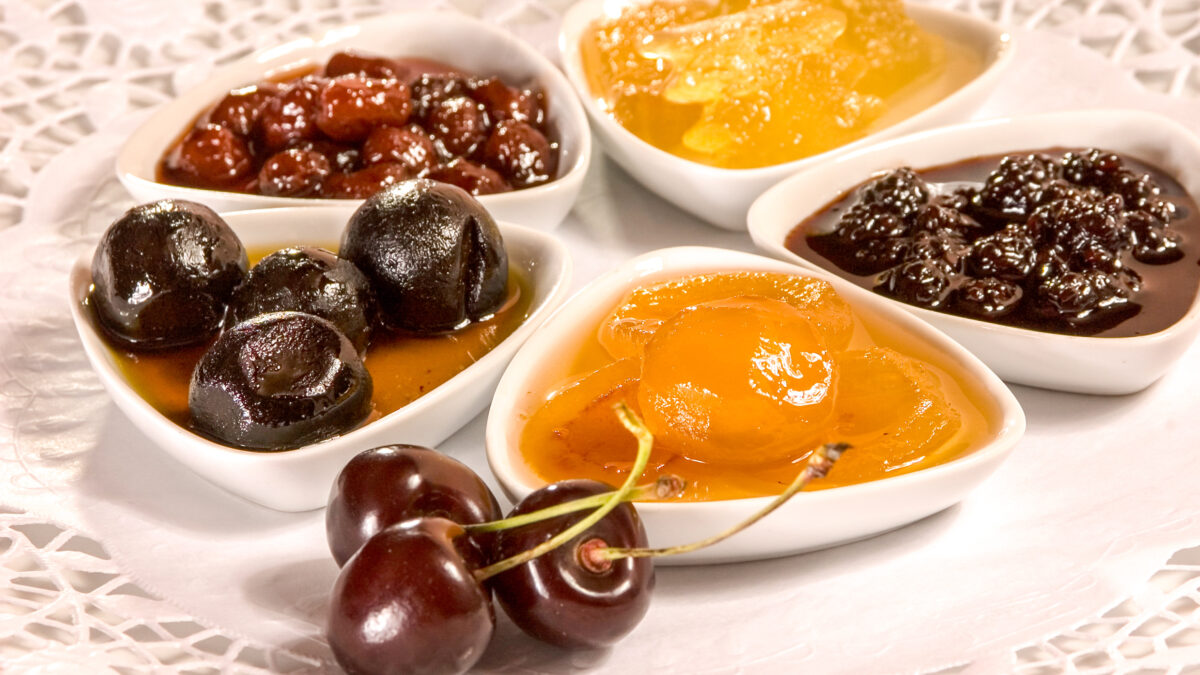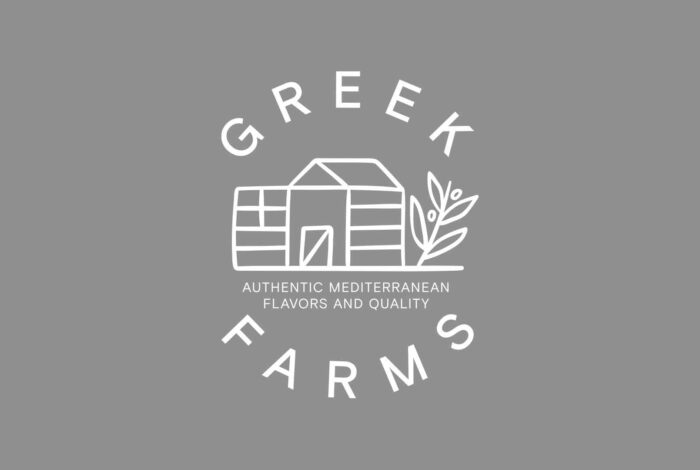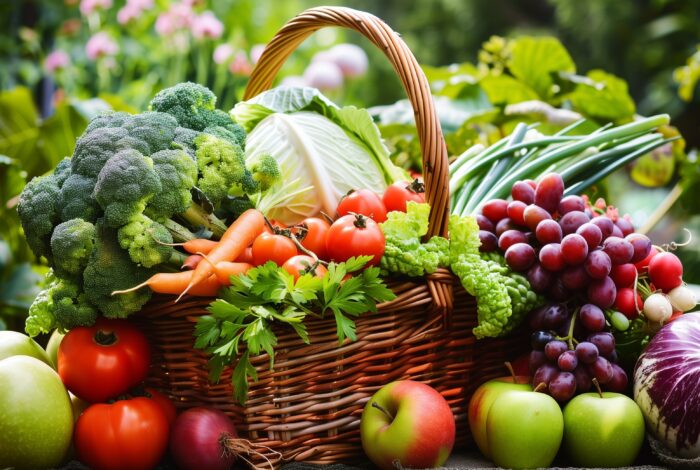A lavish lunch under a plane tree in a Greek village, followed by a small plate of spoon sweet accompanied by a glass of cold water – this image captures the essence of an ideal summer afternoon for many Greeks and for visitors seeking an authentic Greek experience.
Spoon sweets are popular throughout Greece, with each region boasting its own unique recipes. Watermelon, bitter orange, fig and sour cherry are among the most distinctive in terms of both history and flavour. However, the most intriguing of all is olive spoon sweet, as strange as it may sound. The olive as a spoon sweet – with its Mediterranean sweet-bitter taste – is a testament to how Greek cuisine can transform seemingly simple ingredients into extraordinary creations.
The fruits of Greek soil can also be turned into delicious marmalades, which are preserved year-round and ideal for breakfast, whether on toast or in a bowl of cereal with yogurt. On the island of Corfu, kumquats are made into jams and liqueurs, while in Veria, peaches take centre stage, transformed into exquisite marmalades and preserves.
Spoon sweets have always been the ideal treat to offer guests at home. And for those who aren’t in the mood for something fruity, there are always chocolate-based treats, such as the famous Xanthi kariokes, with their firm shell and soft, cake-like filling, or the ever-popular macarons, made with almonds.
A special place in the hearts (and on the dessert plates) of Greeks is reserved for dark chocolate treats with orange – a favourite among both young and old. And candied fruit – pear, apricot, fig, tangerine, bitter orange rolls, and green citrus – takes us back to our childhood years, proffered in elaborate bowls like the ones our grandmothers brought out on special occasions.










